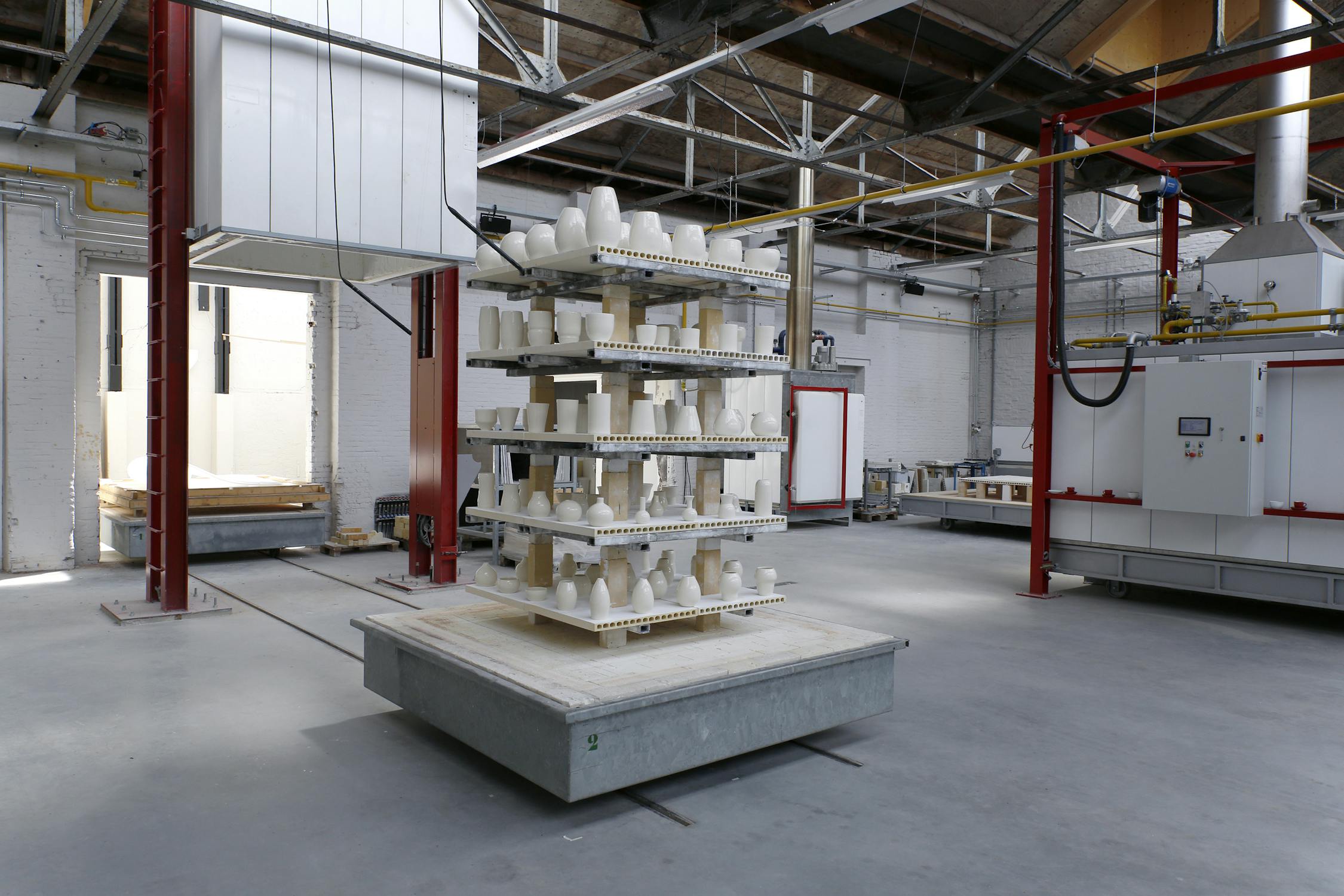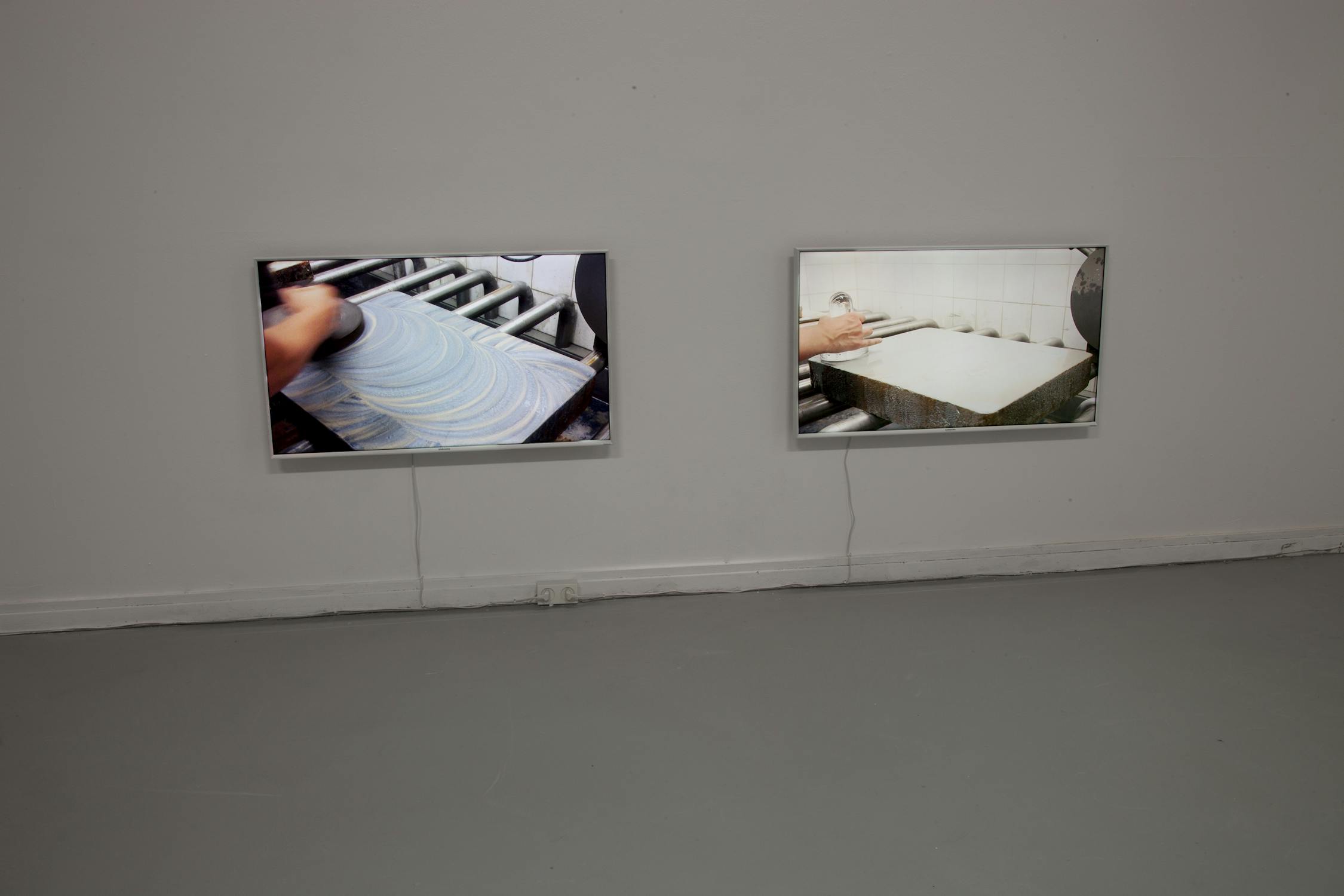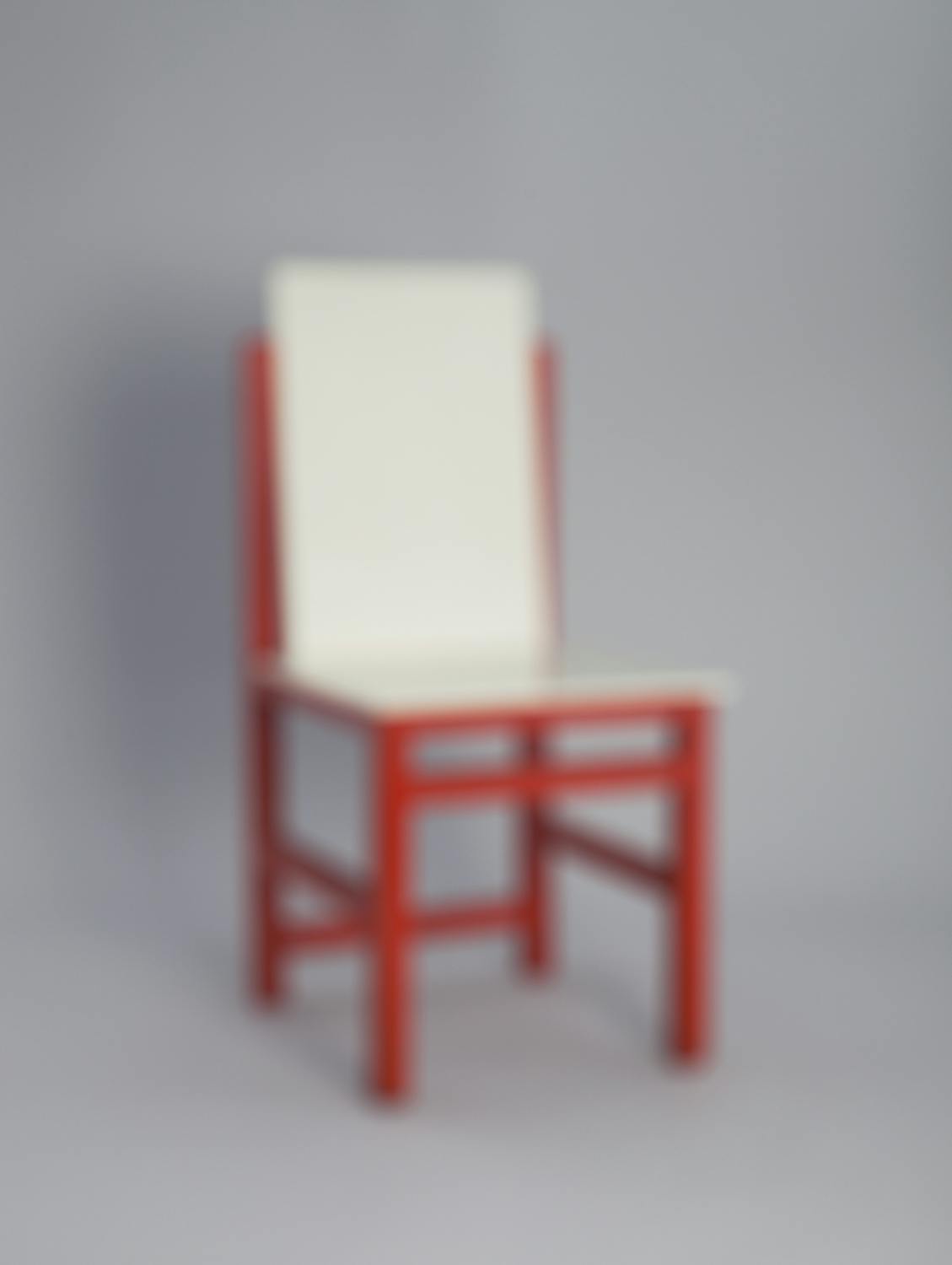Work: Fehler (Error)
Type: article
By: Cora Waschke
For: Bauhaus magazine, issue 3, Dinge (Things)
Year: May 2012
Fehler (Error)
The Bauhaus member Gyula Pap once placed a metal bowl which he had made in the metal workshop in direct sunlight and photographically captured the reflection on the highly polished bowl and the wall behind it.* These photographs with an experimental aesthetic effect combine product photography with László Moholy-Nagy’s view of photography as light arrangement. “If we want to productively re-evaluate photography, we must use the light sensitivity of the photographic (silver bromide) plate to fix the light effects (the transitory play of light) we create (with mirror or lens devices, transparent crystals, liquids, etc.) upon it.” The appealing effects of reflection and transparency, which Lucia Moholy also applied in her documentation of the Bauhaus products, admittedly find their limitations in product photography when the depicted object is ousted from the center of attention and the eye of the beholder is confounded. The Dutch photographer Paulien Barbas focuses in her project Fehler (2012) on precisely these phenomena, which occur unintentionally in object-centered exhibition- and museum photography, often to inadvertently comical effect. In her photographs of Bauhaus products an alien shadow looms into a picture; elsewhere, an oversized blob of Blu-Tack pops up. These exaggerated “errors” reveal the efforts of a photographic staging, which yet again want to remain unseen. This interest of Barbas’, who has explored the theme of media reflection in many of her previous works, is particularly evident when the medium of photography itself becomes visible – such as with a flash reflection on an object in a display cabinet, or a blurry depiction of the object, created by the camera. These photographs rooted in mishap develop their own aesthetics and – touching upon another of Moholy-Nagy’s concerns – simultaneously sharpen the eye and senses of the beholder. Besides being a humorous invitation to engage oneself in a search for equivalent traces within conservative exhibition photography, these photographs also touch upon the question of the appearance and reality of medial presentation strategies.
* László Moholy-Nagy: Malerei, Fotografie, Film. Bauhausbücher, Vol. 8, revised edition, Passau 1927. Reprint Mainz 1967, p. 29.
Cora Waschke is an Art historian, writer and curator specialized in modern and contemporary art, photography, architecture and material iconography. She lives in Berlin.


